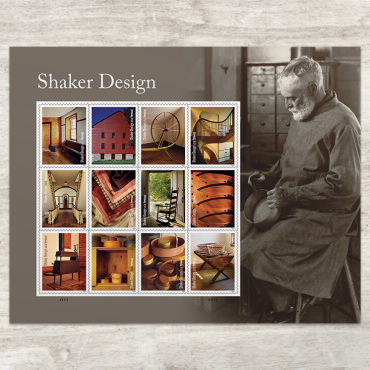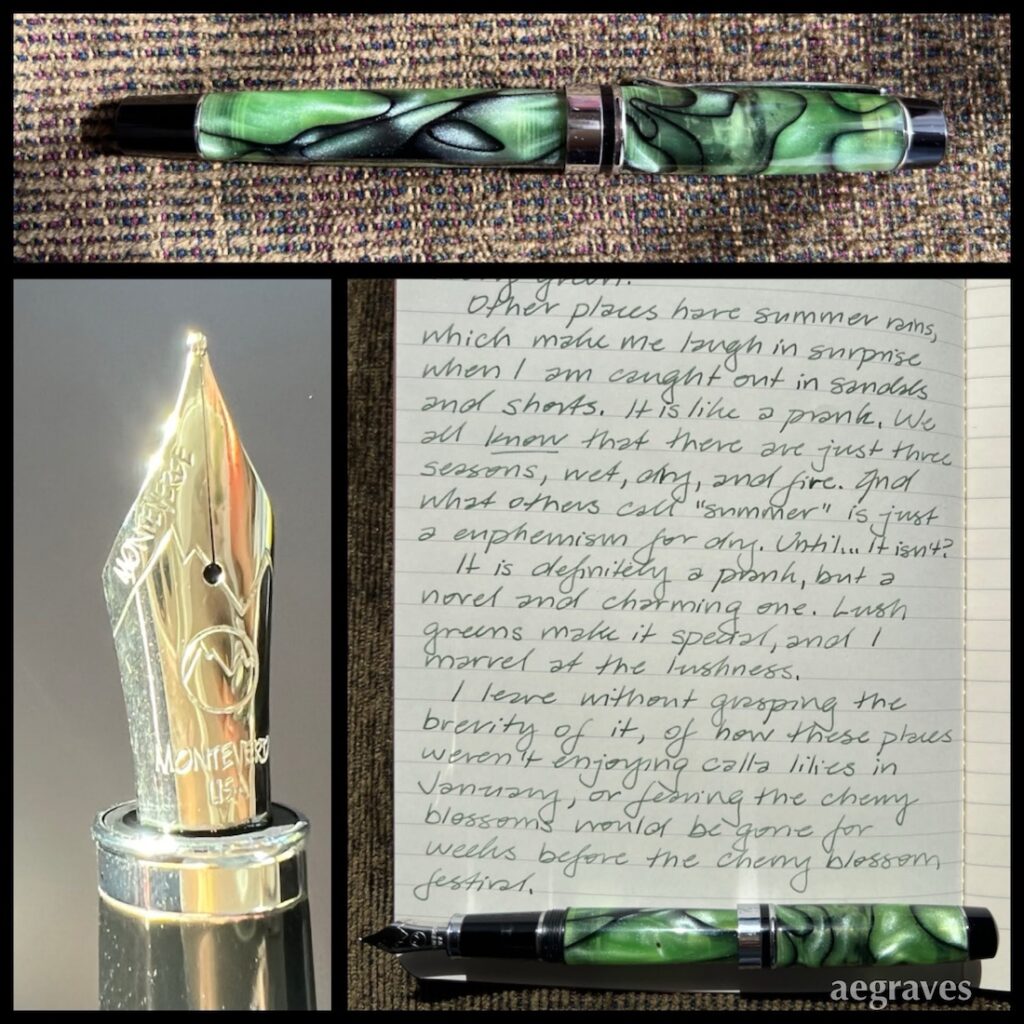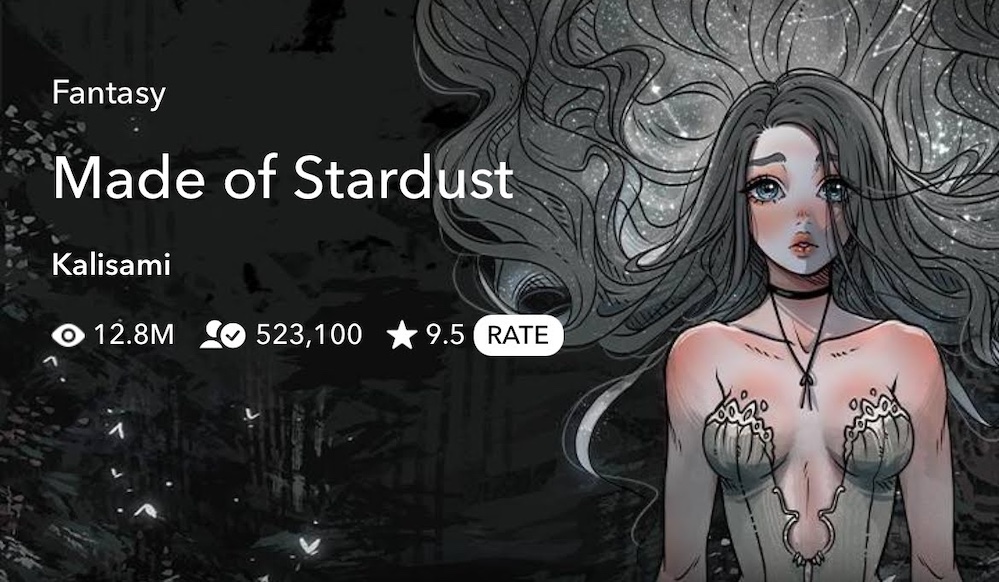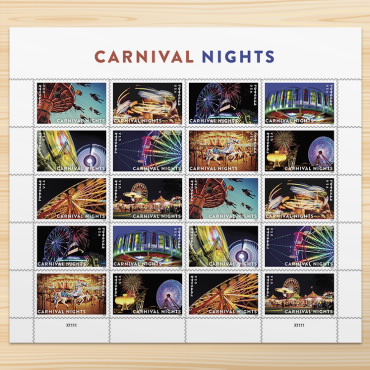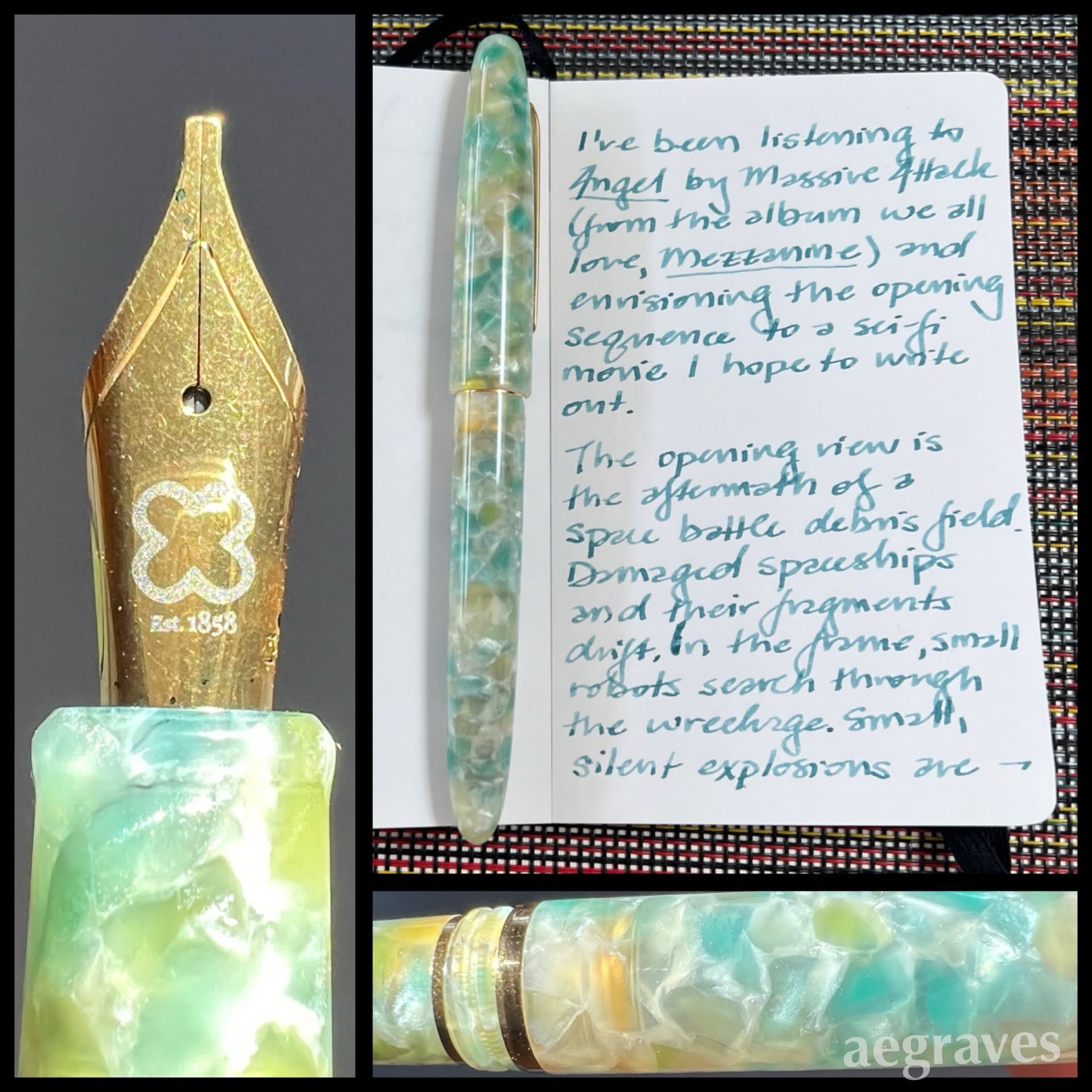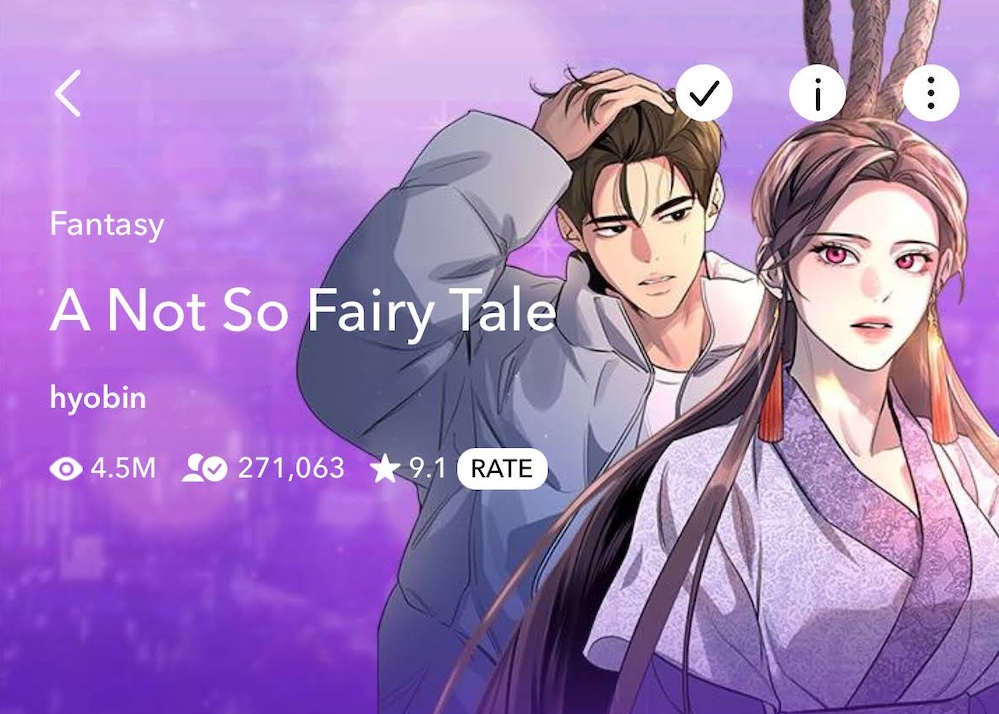
A Not So Fairy Tale
by hyobin
published by Webtoon (44 chapters, ongoing)
2023 – present
This contemporary Korean comic tells the traditional story of the Fairy and the Woodcutter in a modern zombie-fighting context!
A thousand years ago, a goddess came to earth, and (under instruction from a suspicious deer) a human man stole her clothes (her keys to heaven) and demanded that she have his children, only to die without returning them, leaving her trapped on earth with humans. (See Wikipedia’s summary of the variations of this folktale.) In the contemporary Korea of this comic, she is still here – and she is PISSED. Zombies (called Fiends) are killing people, and Moran Cheon, as she is now known, is a famous actress who SECRETLY can kill zombies with her bare hands. She can also leap from tall buildings, is inhumanly strong, and is unnaturally beautiful.
She wants to go back to to the celestial realm, is angry at that evil deer, and has been waiting impatiently for that damned woodcutter to be reincarnated so she can get her situation sorted out.

There is more to the fiend situation than anyone knows, and the detective who is investigating isn’t dazzled by the goddess at all – a sure sign that HE IS THE PROBLEM – I mean, the reincarnation she has been waiting for. The goddess has struggled with with loneliness, resentment, a fox-spirit child she raised as her only other potentially immortal companion, and the risk that she will miss the chance to return to the heavens forever.
This story has: a celebrity, zombie-fighting, immortal actress; a handsome cop who may have hidden memories of his past lives; luxury condominiums; corporate cover-ups; secret crime-fighting identities; unnatural healing abilities; characters who lack human ethics; monsters posing as normal people (until they are ready to eat you); eternal villains and their adversaries; and the fox drawn in…vulnerable moments.
This comic is refreshing – contemporary urban settings, a new type of monster, a non-traditional interpretation of a folktale, lovely art – and is the least predictable of the stories I’m reading. I’m looking forward to future chapters.

